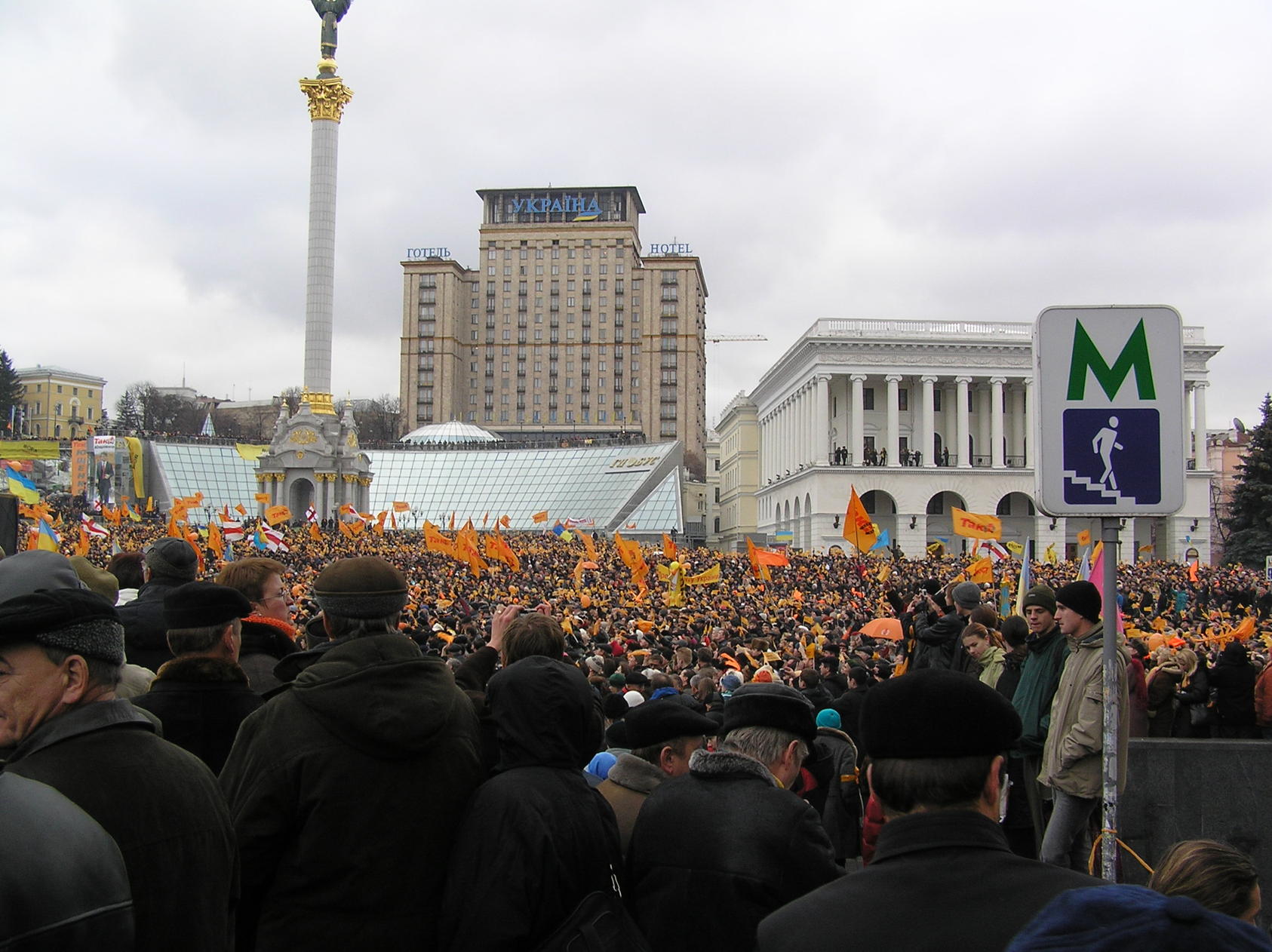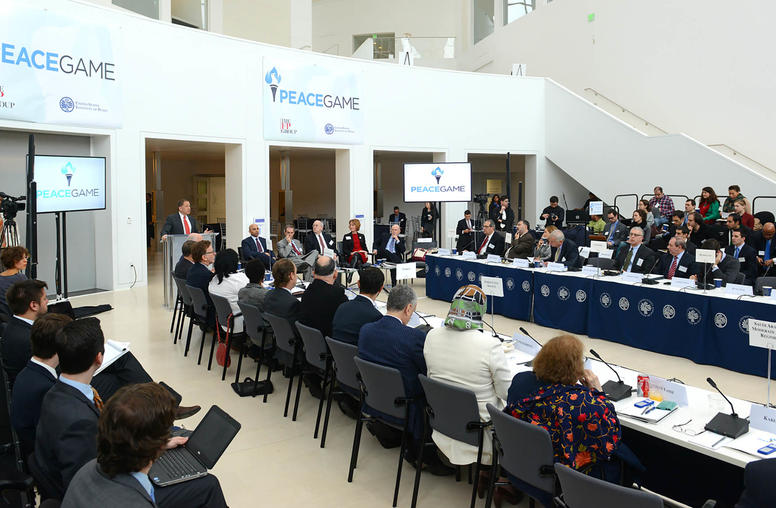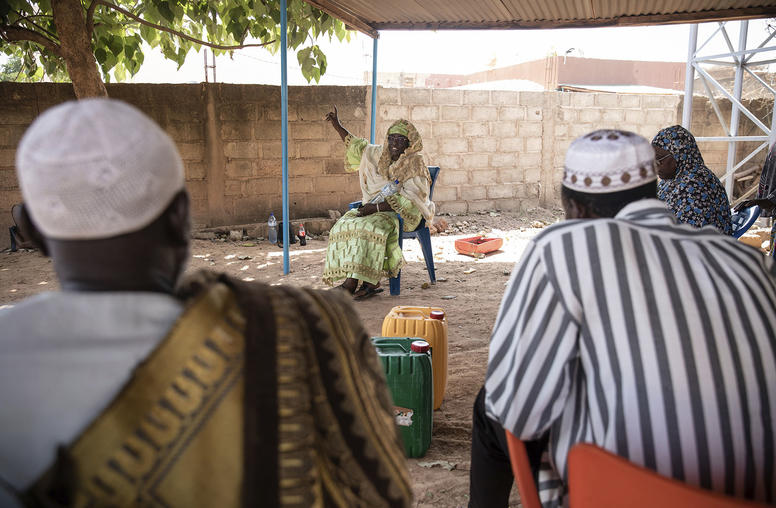How Can Peaceful Civic Movements Deal With Violence?
A Twitter Forum With USIP’s Global Campus
Just because a movement of civic resistance establishes itself as nonviolent doesn’t mean it won’t experience violence in the course of the confrontation, however long the campaign might last. On Thursday, August 20, 2015, USIP's Global Campus hosted a Twitter Forum with activists and scholars to discuss nonviolent movements.

Oftentimes a nonviolent movement's opponent will use repressive tactics in an attempt to destroy the movement or provoke a breakdown in nonviolent discipline. Or activists might make tactical choices that put themselves in harm’s way. And sometimes, nonviolent movements are waged alongside a violent insurgency fighting for the same thing.
A panel of activists and scholars experience addressed questions such as how nonviolent movements prepare themselves for violence and repression, or how they can respond and react to an opponent's violent responses in a way that protects activists and helps the movement. The experts discussed how movement leaders can encourage and train people to maintain nonviolent discipline even in the face of violence, and what they can do when violent flanks threaten to undermine the movement's goals and strategies.
The Twitter chat was held in conjunction with the online course, “Civil Resistance and the Dynamics of Nonviolent Movements.”
Continue the conversation on Twitter: #pdoxrep.
Speakers
Tendor Dorjee, @Tendor
Program Director, Tibet Action Institute
Born in Tibet and raised in Dharamsala, India, he is a frequent spokesperson for the Tibetan youth movement.
Philippe Duhamel, @PhilippeDuhamel
Director of Liberating Possibilities, Via Strategia
A strategist and civil resistance organizer based in Quebec, Canada, he has worked for labor unions, human rights organizations, environmental and community groups, and the International Center on Nonviolent Conflict (ICNC).
Brian Martin, @brianinthegong
Professor of Social Sciences, University of Wollongong, Australia
Martin has written 14 books and hundreds of articles on nonviolence, dissent, scientific controversies, democracy, information issues, education, and other topics. He is also vice president of Whistleblowers Australia and hosts a website on suppression of dissent.
Lee Smithey, @peacesociology
Associate Professor and Coordinator of Peace and Conflict Studies , Swarthmore College, Pennsylvania
Smithey specializes in ethnopolitical conflict and nonviolent conflict methods, and has focused much of his work on conflict transformation in Northern Ireland.
Lhadon Tethong, @Lhadon
Director, Tibet Action Institute
A Tibetan born in Canada, she is an influential young leader in the Tibetan freedom movement and was awarded the first annual James Lawson Award for Nonviolent Achievement by the International Center on Nonviolent Conflict. She previously served as Executive Director of Students for a Free Tibet.
Daryn Cambridge, Moderator, @daryncambridge
Senior Program Officer, Academy for International Conflict Management and Peacebuilding, U.S. Institute of Peace
Cambridge joined USIP after 4 years with the International Center on Nonviolent Conflict, and leads curriculum development and educational design for the Academy’s online courses.
Althea Middleton-Detzner, Moderator, @altheamarie
Senior Advisor for Education and Field Learning, International Center on Nonviolent Conflict, and Curriculum Development Specialist, U.S. Institute of Peace
She is co-founder of Focus Forward, a facilitation and change management consultancy, and has served as a consultant with the Melanesian-focused Pacific Project, the Positive Peace Warrior Network, Tech Change and Tomorrow’s Teaching.



